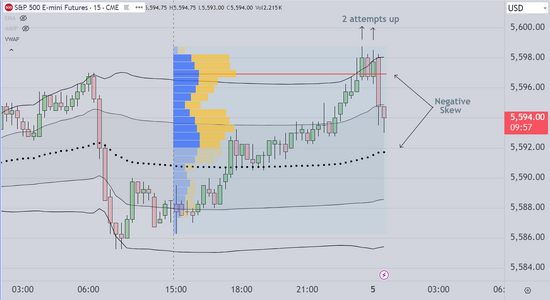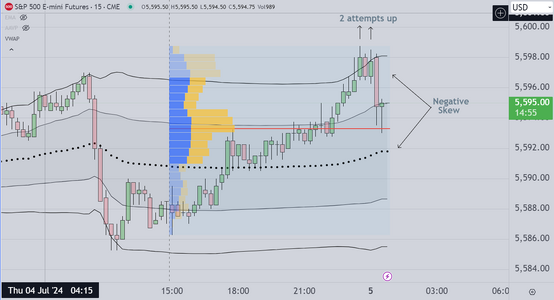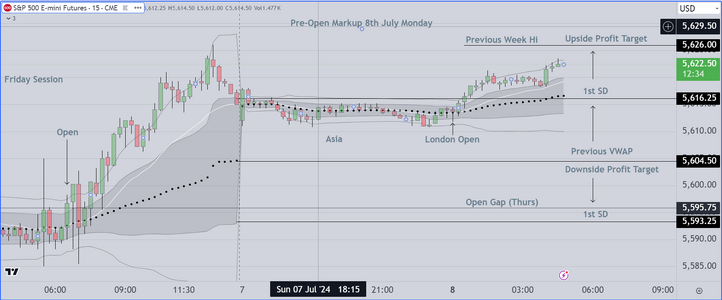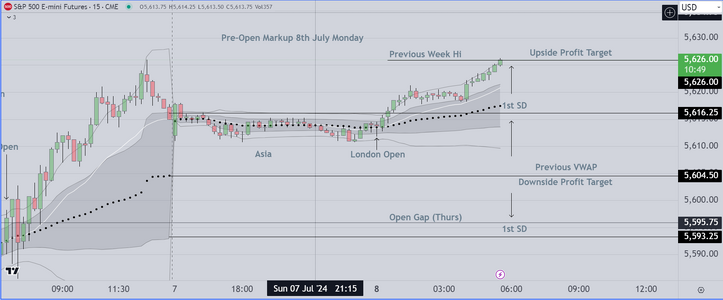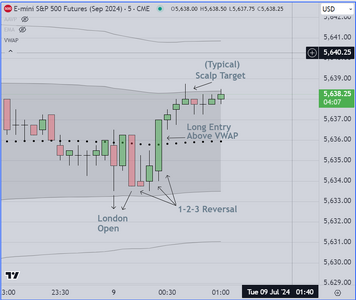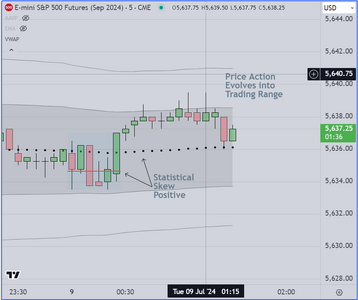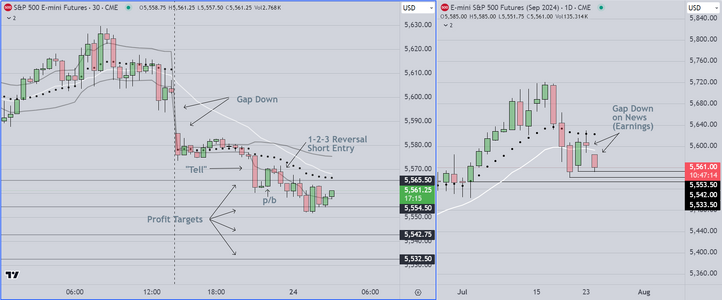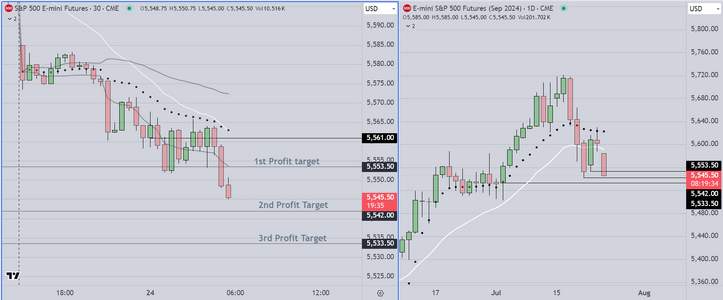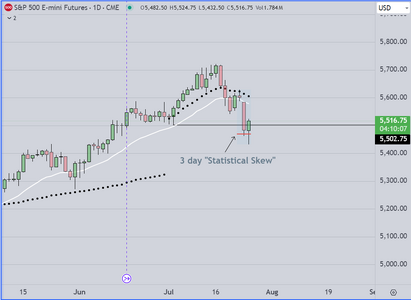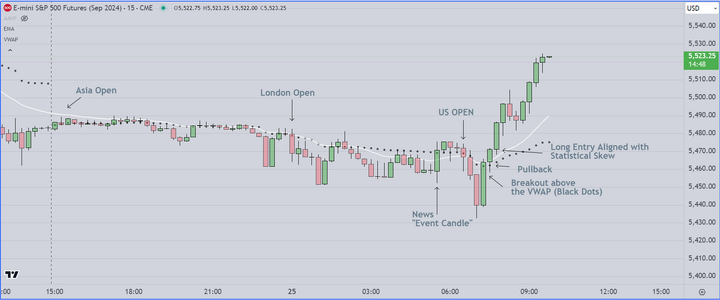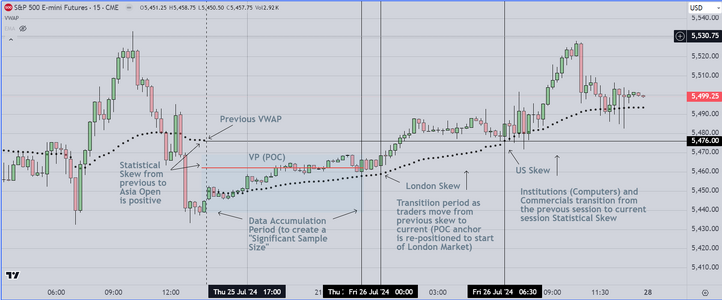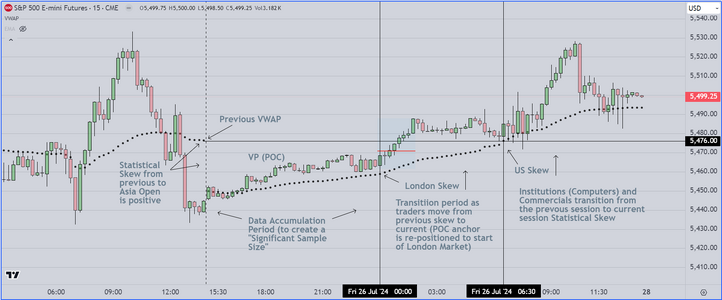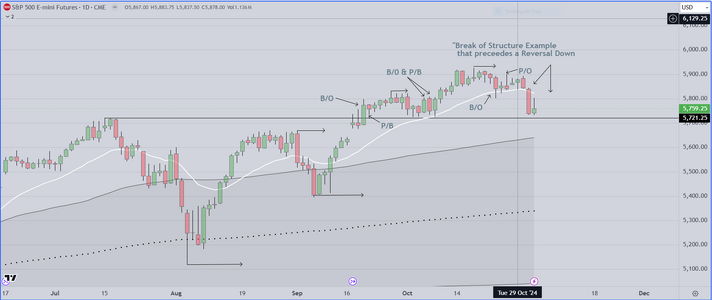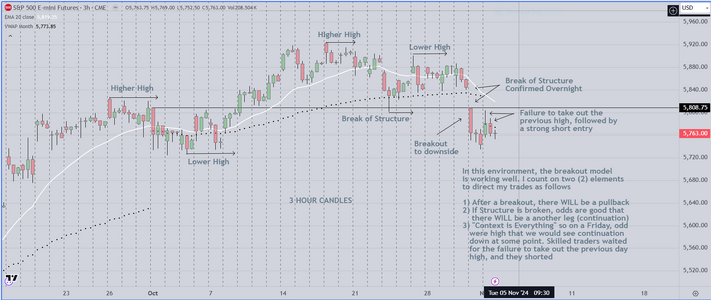Hello Everyone
I started another thread whose title is "Beyond Price Action"
as a trading journal.
I noticed that there were very few inquiries
I have been trading professionally for about 15 years
My background is diverse, with emphasis on Math (Statistics)
I have used the same tools for many years.
Volume Profile
VWAP
Analysis of Price Action
I hope struggling traders will take a look
and perhaps find something that they can
use to improve their results.
I did this to honor the memory of the gentleman
who trained me. I think he would be proud of my
work and my progress.
Good luck in the markets
I started another thread whose title is "Beyond Price Action"
as a trading journal.
I noticed that there were very few inquiries
I have been trading professionally for about 15 years
My background is diverse, with emphasis on Math (Statistics)
I have used the same tools for many years.
Volume Profile
VWAP
Analysis of Price Action
I hope struggling traders will take a look
and perhaps find something that they can
use to improve their results.
I did this to honor the memory of the gentleman
who trained me. I think he would be proud of my
work and my progress.
Good luck in the markets

